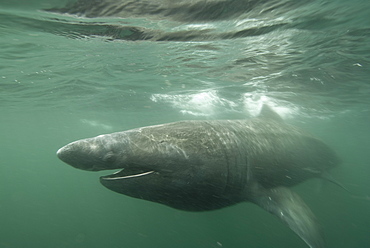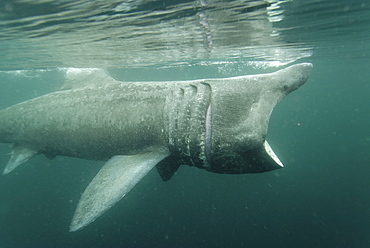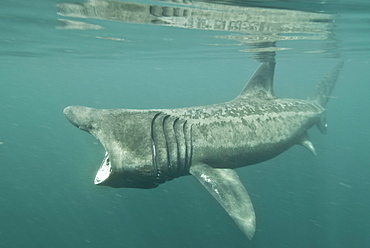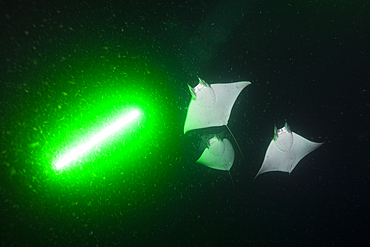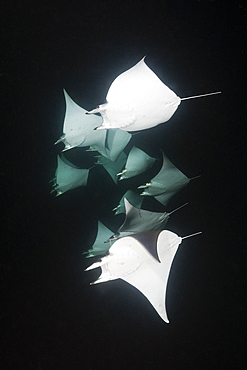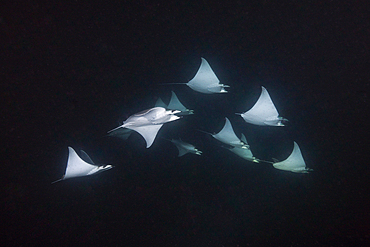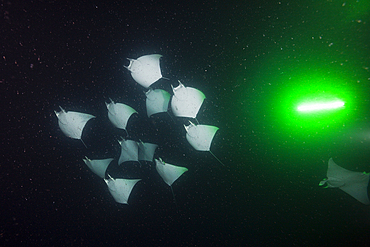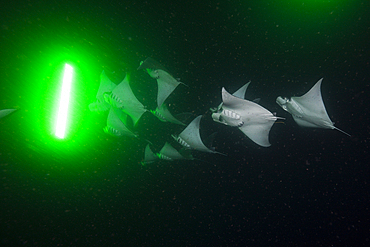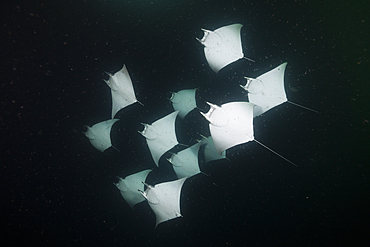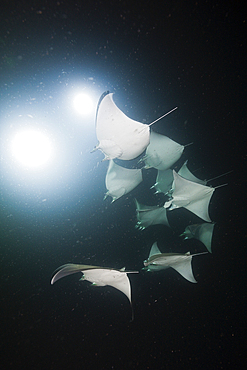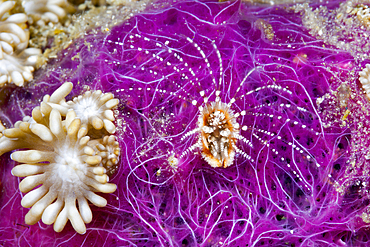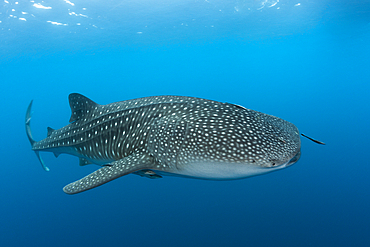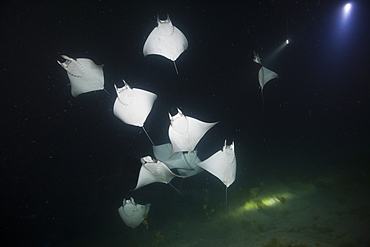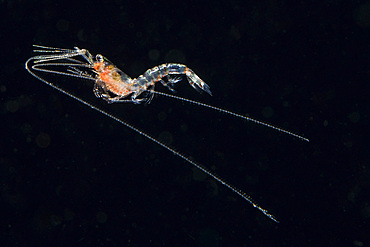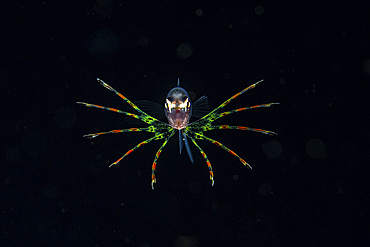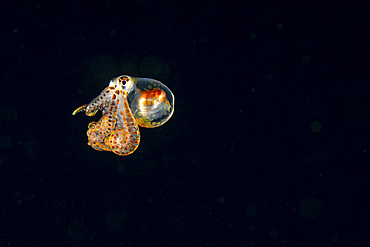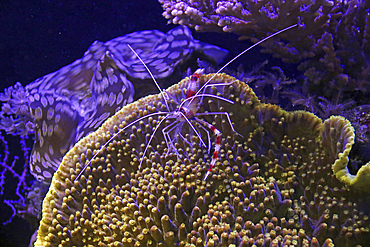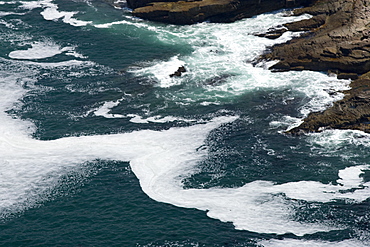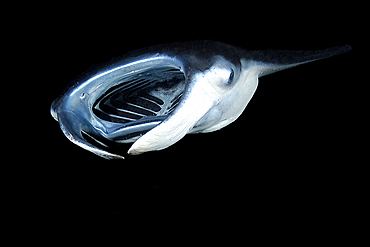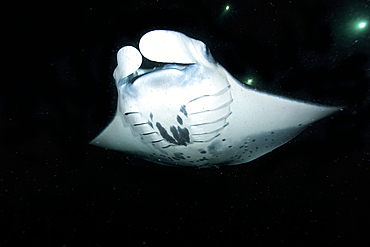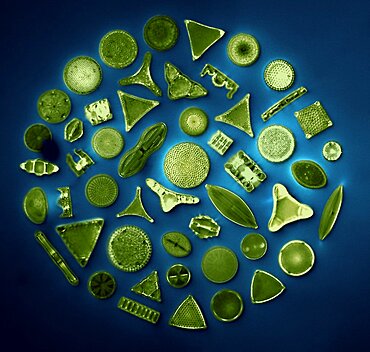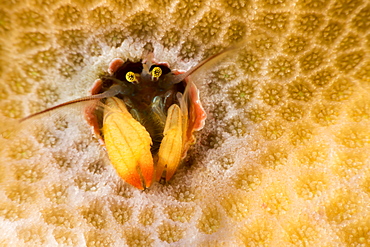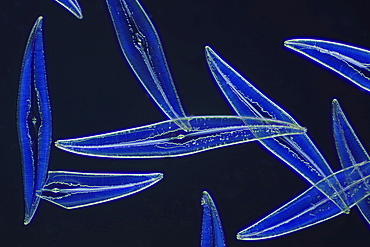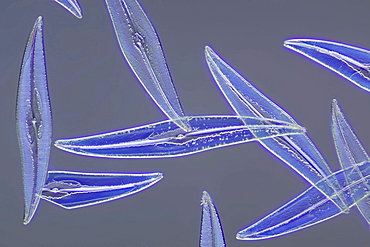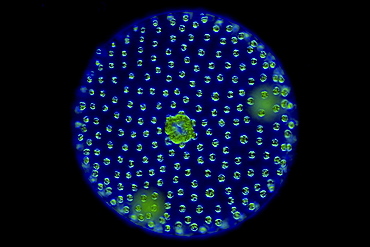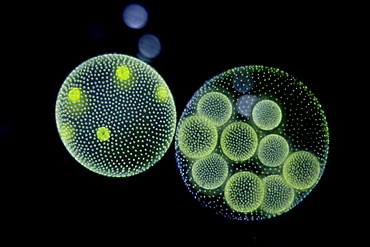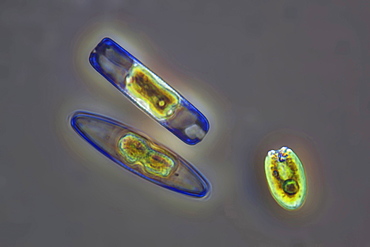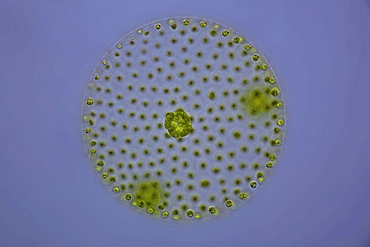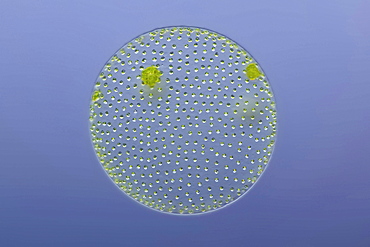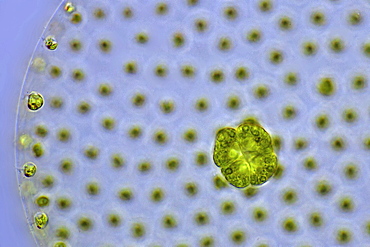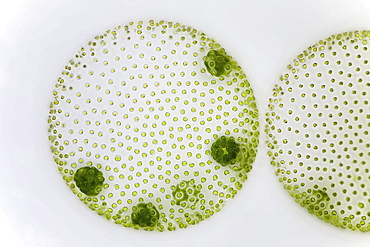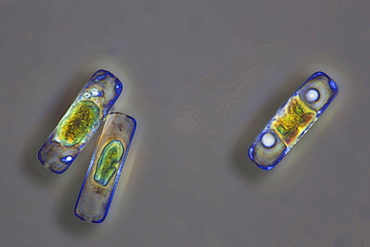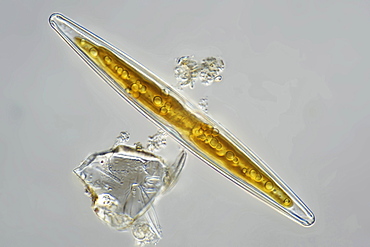Results
32 results found

Manta ray (Manta birostris) feeding on zooplankton by extending its cephalic lobes, Yum Balam Marine Protected Area, Quintana Roo, Mexico, North America
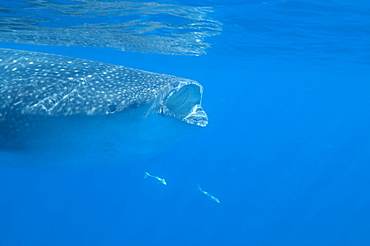
Whale shark (Rhincodon typus) feeding at the surface on zooplankton, mouth open, known as ram feeding, Yum Balam Marine Protected Area, Quintana Roo, Mexico, North America
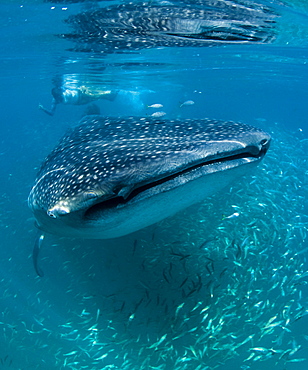
Scientist and whale shark (Rhincodon typus) feeding at the surface on zooplankton, mouth open, known as ram feeding, Yum Balam Marine Protected Area, Quintana Roo, Mexico, North America
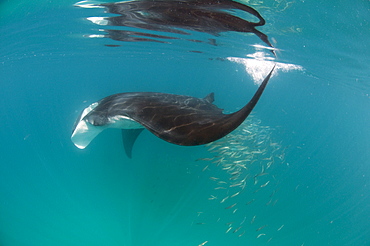
Manta ray (Manta birostris) feeding on zooplankton by extending its cephalic lobes, Yum Balam Marine Protected Area, Quintana Roo, Mexico, North America
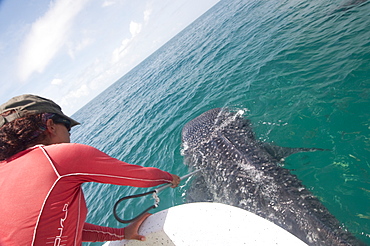
Biologist taking skin sample from a whale shark to determine what plankton types the animal has been feeding on, Yum Balam Marine Protected Area, Quintana Roo, Mexico, North America
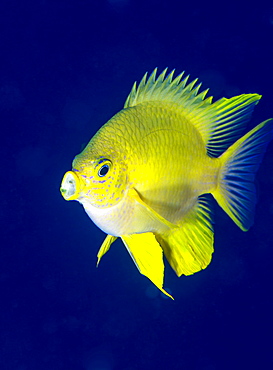
Golden damselfish (Amblyglyphidodon aureus) a zoo plankton feeding coral reef fish seen here ingesting food, Matangi Island, Vanua Levu, Fiji, Pacific
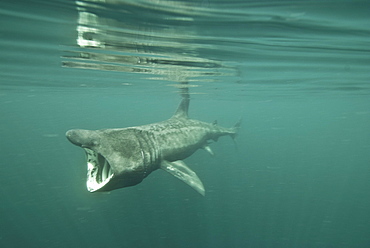
Basking shark (Cetorhinus maximus) feeding on plankton, Inner Hebrides, Scotland, United Kingdom, Europe
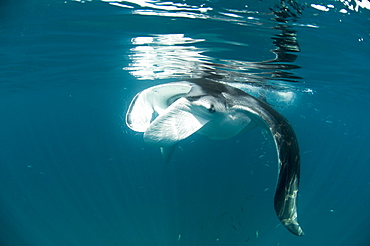
Manta ray (Manta birostris) feeding on zooplankton by extending its cephalic lobes, Quintana Roo, Mexico, North America

Manta ray (Manta birostris) feeding on zooplankton by extending its cephalic lobes, Quintana Roo, Mexico, North America
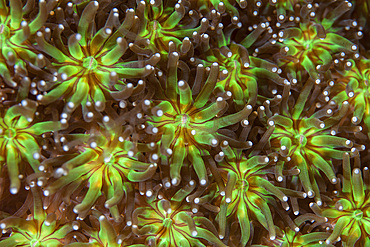
Coral polyps (Galaxea sp.) wait for plankton on a reef in Komodo National Park, Indonesia. This beautiful area harbors extraordinary marine biodiversity and is a popular destination for divers and snorkelers.
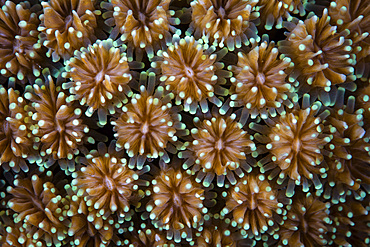
Detail of a stony coral (Galaxea sp.) growing in Wakatobi National Park, Indonesia. This remote region is known for its incredible marine biodiversity and gorgeous reefs.
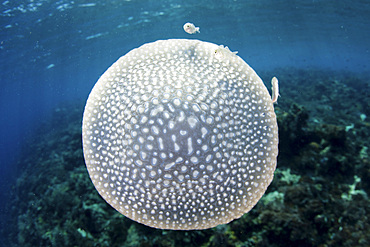
A white-spotted jellyfish (Phyllorhiza punctata) drifts in a strong current in the Lesser Sunda Islands of Indonesia.
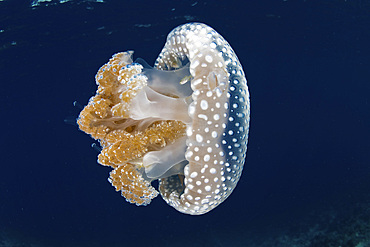
A white-spotted jellyfish (Phyllorhiza punctata) drifts in a strong current in the Lesser Sunda Islands of Indonesia.
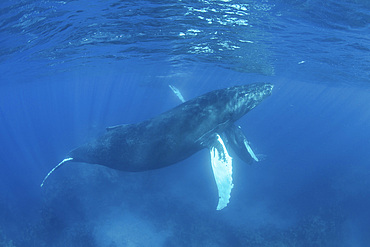
Mother and calf humpback whales, Megaptera novaeangliae, swim in the clear, blue waters of the Caribbean Sea.
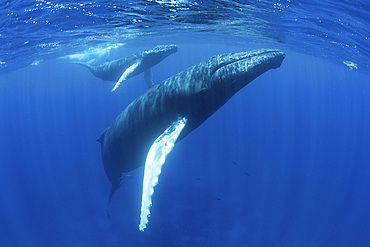
Mother and calf humpback whales, Megaptera novaeangliae, swim in the clear, blue waters of the Caribbean Sea.
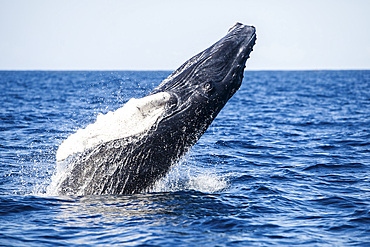
A young humpback whale, Megaptera novaeangliae, breaches out of the blue waters of the Caribbean Sea.
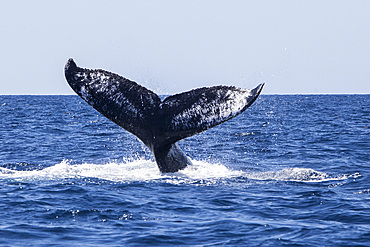
A humpback whale, Megaptera novaeangliae, raises its powerful fluke out of the blue waters of the Caribbean Sea and slams it down on the surface to communicate.
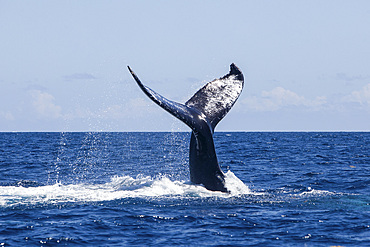
A humpback whale, Megaptera novaeangliae, raises its powerful fluke out of the blue waters of the Caribbean Sea and slams it down on the surface to communicate.
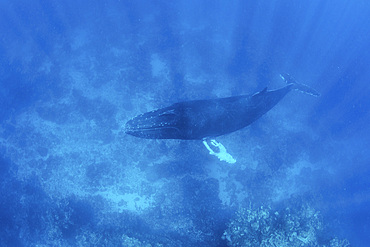
A magnificent humpback whale, Megaptera novaeangliae, swims in the clear, blue waters of the Caribbean Sea.
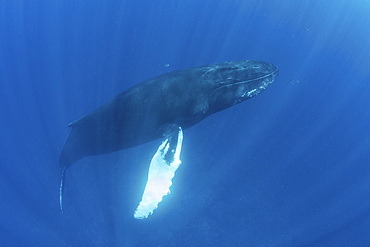
A magnificent humpback whale, Megaptera novaeangliae, swims in the clear, blue waters of the Caribbean Sea.

A huge whale shark, Rhincodon typus, swims in sunlit Indonesian waters. This massive yet harmless shark feeds on planktonic organisms and can sometimes be found swimming near fishing platforms due to the scent of fish.
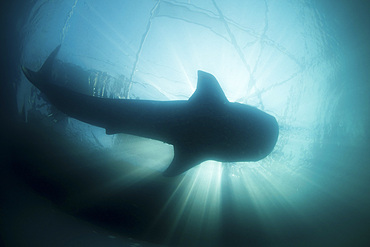
A huge whale shark, Rhincodon typus, swims in sunlit Indonesian waters. This massive yet harmless shark feeds on planktonic organisms and can sometimes be found swimming near fishing platforms due to the scent of fish.
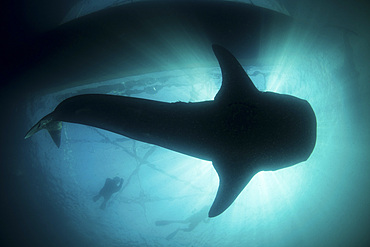
A huge whale shark, Rhincodon typus, swims in sunlit Indonesian waters. This massive yet harmless shark feeds on planktonic organisms and can sometimes be found swimming near fishing platforms due to the scent of fish.
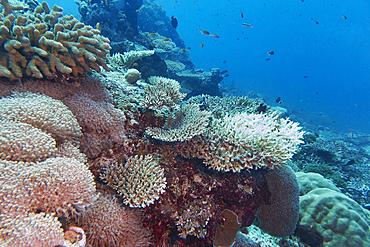
A mix of Acropora species scleractinic hard corals growing on a coral reef in Gaafu Dhaalu atoll, Maldives
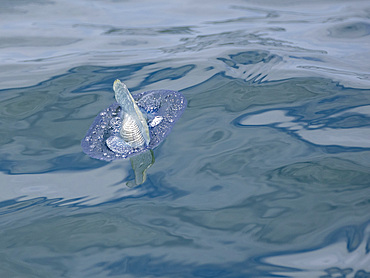
By-the-wind sailor (Velella velella), floating on the surface of the sea outside Newport Beach, California, United States of America, North America
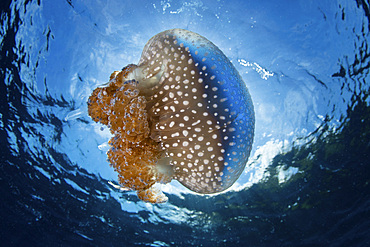
A white-spotted jellyfish (Phyllorhiza punctata) drifts in a strong current in the Lesser Sunda Islands of Indonesia.

Southern stingray (Hypanus americanus) over sand in shark and ray alley, Caye Caulker, Mesoamerican Barrier Reef, Belize
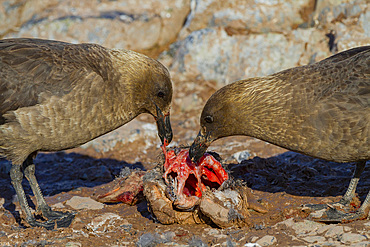
Adult brown skuas (Catharacta antarctica) feeding on a penguin carcass near the Antarctic peninsula, Antactica, Polar Regions
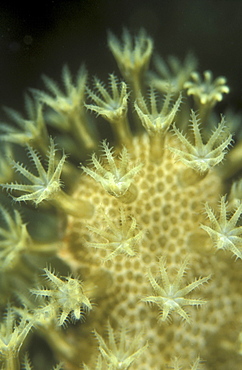
Leather Coral Polyps (Sarcophyton sp) each extending its 8 arms to try catching plankton in water. Coral Polyps are individual animals having a common base (in this case, the leathery base). Derawan, Kalimantan, Indonesia.
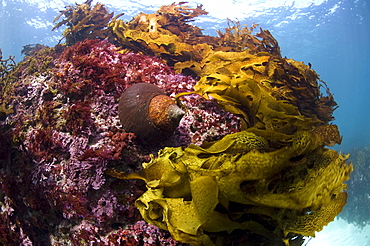
Jourdan's turban (turbo jourdani) large gastropod shell, reddish-brown, Rottnest Island reef, wild, day, marine protected area, free-diving off, cool temperate waters of Western Australia. MORE INFO: Marine plant common kelp, a dominant feature of the underwater landscape. Protected areas are covered in lush growth of diverse algae, also red algea are here.
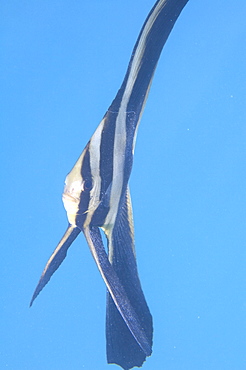
tallfin batfish (platax teira), juvenile, wild, day, marine protected area, diving off Coral Bay, Ningaloo reef, Western Australia, Indian Ocean. MORE INFO: with 3 dark bars, very long dorsal, anal and pelvic fins, feed on plankton from water column.
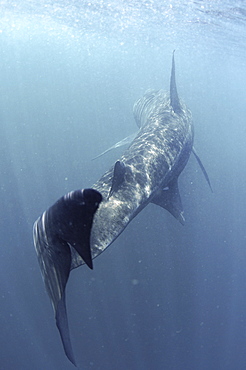
Basking Shark (Cetorhinus maximus) Close up of tail. Cornwall, UK
Restricted resolution (Please contact us). (RR)
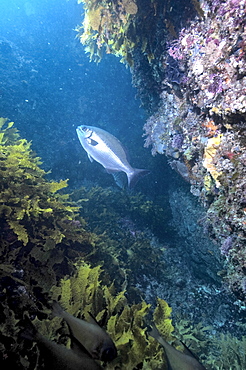
Silver drummer (kyphosus sydneyanus) silvery grey colour, feeding on brown seaweed, wild, day, schools, marine protected area, diving off Rottnest Island, Western Australia, Indian Ocean. MORE INFO: other name common buffalo bream, dark tail and a distinctive dark line that looks a little like a moustache below the eye, occur in large schools. Distribution more widespread throughout Australia.

Yellow Sweeper (Parapriacanthus ransonneti) Live by day in dense groups and moving into open water to feed on plankton at night.Red Sea.

Tidal currents showing in natural patterns (of dead plankton). Walker Bay, Western Cape, South Africa.
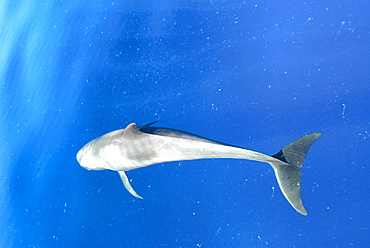
Melon headed whales (Electra dolphin) . A melon headed whale diving into a seafull of white plankton. Eastern Caribbean
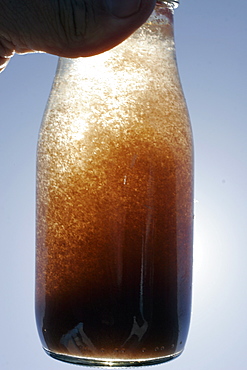
Krill captured in a bottle! Taken from the site where a Fin Whale (Balaenoptera physalus) was surface feeding in the upper Gulf of California (Sea of Cortez), Mexico.

Yellow Sweeper (Parapriacanthus ransonneti). Live by day in dense groups and moving into open water to feed on plankton at night.Red Sea.
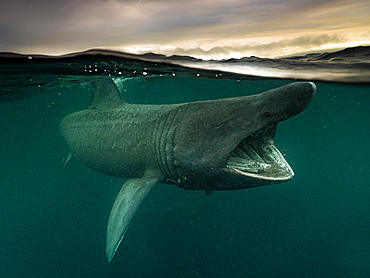
Split shot of a Basking Shark (Cetorinus Maximus) in Gunna Sound, Isle of Colll, Scotland. It's mouth is gaping as it feeds. Clouds are lit with the setting sun in the background.
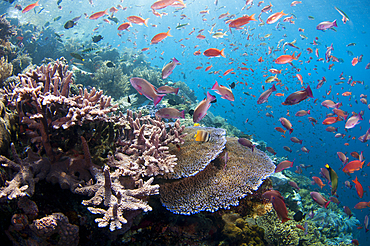
Several species of small schooling fish such as damselfish and anthias feed on plankton in the water column above hard corals, Porites sp., and Acropora sp., Komodo National Park, Nusa Tenggara, Indonesia, Pacific Ocean
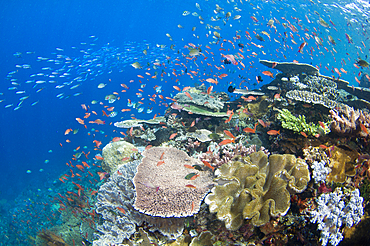
Several species of small schooling fish such as damselfish, fusiliers, and anthias feed on plankton in the water column above hard corals, Porites sp., and Acropora sp., Komodo National Park, Nusa Tenggara, Indonesia, Pacific Ocean
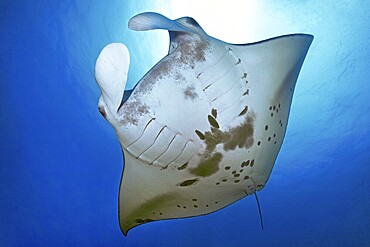
Underwater photo of giant ray manta ray (Manta birostris) plankton eater swimming through open sea, Pacific Ocean

Group of Red Sea garden eels (Gorgasia sillneri), feeding on plankton floating by them leaning out of the sandy bottom, Eel Garden, Red sea, Dahab, Sinai Peninsula, Egypt, Africa

Whale shark (Rhincodon typus) swallows plankton, has a ship's keeper (Echeneis naucrates) in its mouth, Philippine Sea, Philippines, Asia
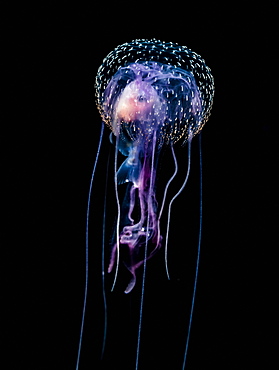
Jellyfish (Pelagia Noctiluca) With Fish Prey Photographed During A Blackwater Scuba Dive Several Miles Offshore Of A Hawaiian Island At Night, Hawaii, United States Of America
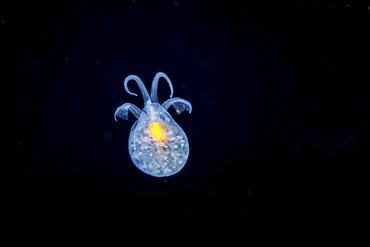
Gymnosome pteropod (Hydromyles globulosa), a shell-less, planktonic mollusk sometimes called the sea butterfly, Bali, Indonesia

Reef Manta Rays (Manta alfredi), feed over baskets of lights used to attract plankton off the Kona Coast, Kona, Island of Hawaii, Hawaii, United States of America
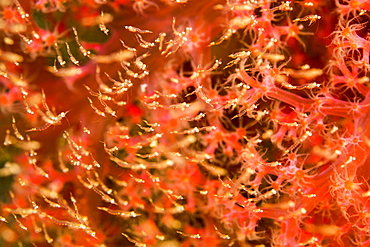
Mysid shrimp of the order Mysidacea, mass together in front of alcyonarian soft coral, Dumaguete, Philippines
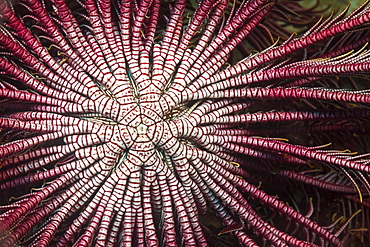
Detail of the center branching arms of a Crinoid or Feather Star (Lamprometra klunzingeri) open and feeding on plankton at night, Philippines
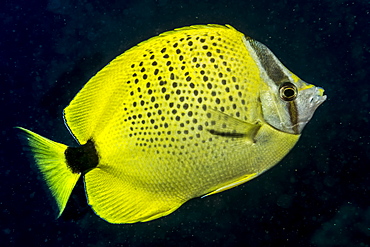
Milletseed Butterflyfish (Chaetodon citrinellus) feeding on plankton off Ni'ihau Island near Kauai, Hawaii, USA during the spring. This fish species is endemic to the Hawaiian Islands, Kauai, Hawaii, United States of America
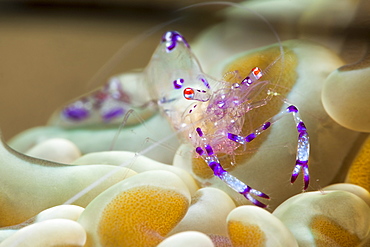
Anemone shrimp, Ancylomenes sarasvati, previously known as Periclemenes sarasvati, Dumaguete, Philippines
